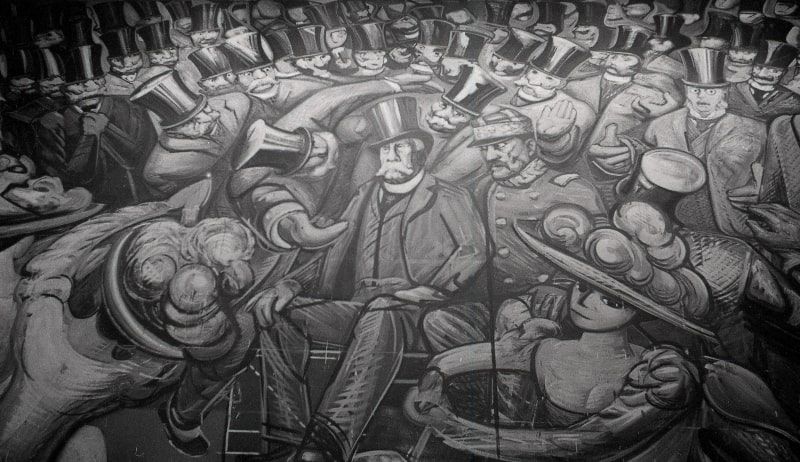The attempt on Porfirio Díaz's life that ended in a bloodthirsty crime
Mexico's then-President Porfirio Diaz was attacked by a man on September 16, 1897, in the streets of Mexico City. This event did not go beyond a brief physical blow to the then president, but the corresponding action of the authorities revealed the extrajudicial state that was applied by the regime.





